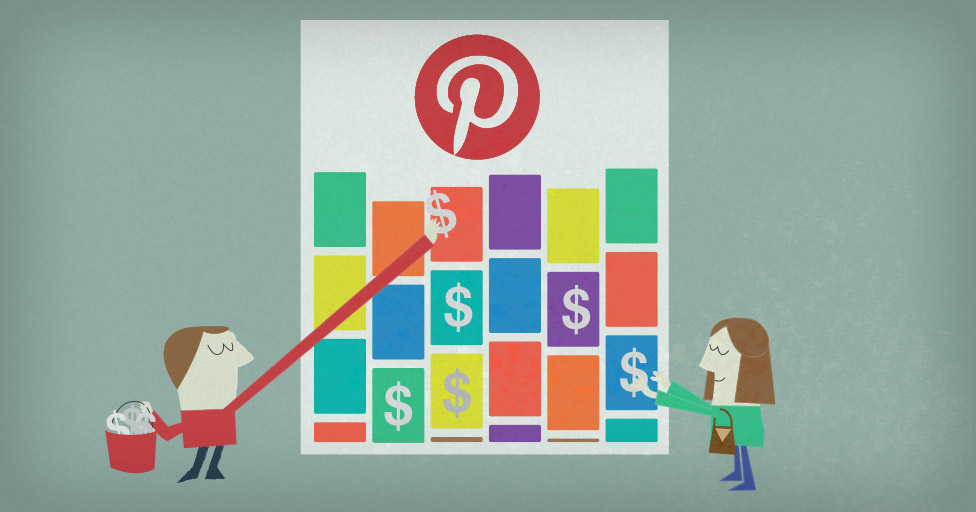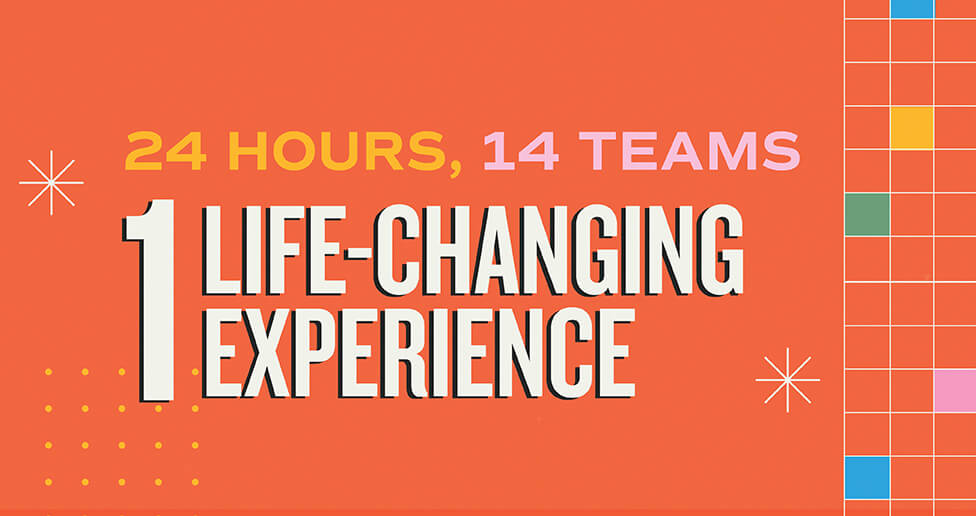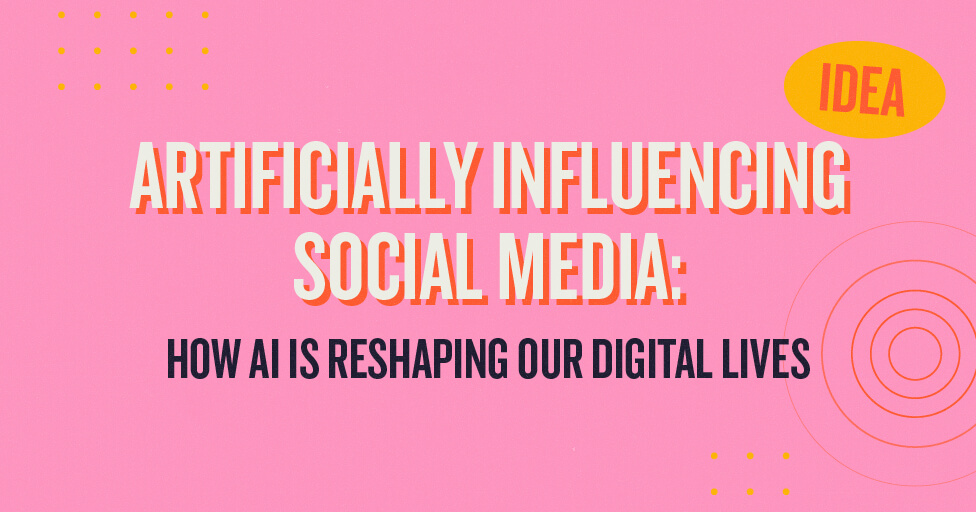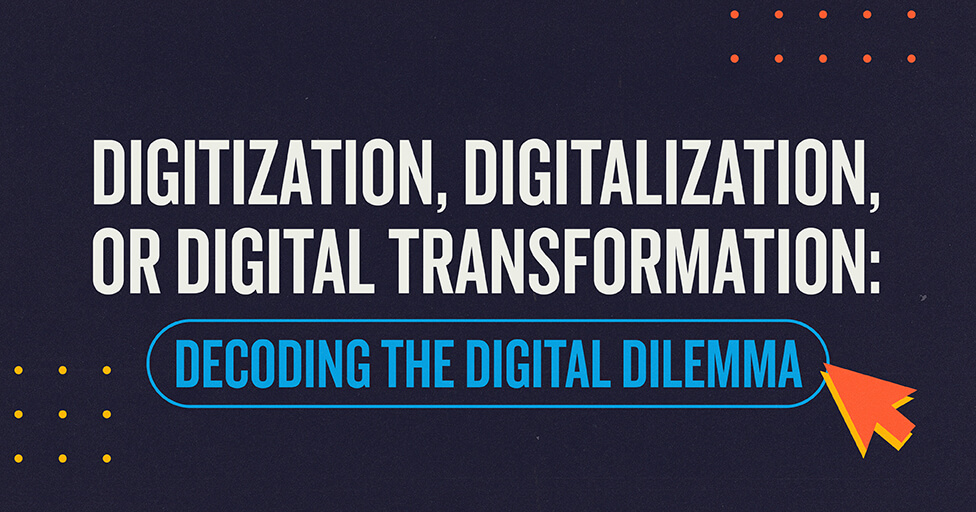
Pinterest is self-described as a catalogue of ideas, inspiring pinners to create lasting memories. Brands have a unique position on Pinterest – because people are looking to be inspired, pinners are more open to branded content, as they see it as coming from an expert. Because of this, it’s opened new opportunities for brands, and specifically CPG brands, to reach more people and ultimately get their product into the hands of new customers.
Pinterest behavior is different
Most pinners use Pinterest to plan, specifically around life events like weddings, birthday parties, baby showers or holidays. Instead of a quick interaction, users pin your content to save for a later time. In fact, according to Pinterest data, pinners start searching twice as early as people do on other platforms like Facebook for Instagram for inspiration1. Additionally, in terms of purchasing behavior, Pinterest also varies from its other social media counterparts. According to research, pinners may take up to 90 days to act on ideas they have found on Pinterest, rather than an instant response. Because of this, Pinterest boasts that its platform leads to higher quality customers over time, keeping your pins at top-of-mind for months of planning, rather than simply one (or a few) quick interactions.
What this means for your brand: Creating content at least two months in advance of a specific holiday or occasion (or earlier if possible) allows time for your content to resonate with pinners. Additionally, reporting on paid Pinterest campaigns should take into consideration the 90-day engagement cycle rather than expecting an instant lift in sales.
Pinterest users are looking for inspiration
For the most part, Pinterest users come to the platform to find inspirational ideas for a pre-determined topic. Instead of only being exposed to pages they have followed, Pinterest users are exposed to new ideas, brands and products through search. In fact, 61 percent of pinners say they’ve discovered new brands or products from promoted pins2, and 73 percent of pinners say content from brands is useful.3 Tapping into the consumer’s mind through search keywords allows your pin to be served to people looking for your specific idea or product, but also related searches through broad, phrase and exact match keywords. These keywords are also aligned with our client’s website optimization keywords to help overall SEO and cohesiveness across our consumer engagement team.
What this means for your brand: The Earned Media team recently launched an integrated process with MBB’s Search Strategist to ensure all keywords are aligned across all search channels. This keeps your product relevant in all applicable searches and removed from unrelated searches, resulting in targeting the right kind of customer, and ultimately, one more likely to make a purchase.
New 2018 tactics—Buyable and Removable Pins
Pinterest recently launched new Buyable Pins, which access your brand’s ecommerce shopping platform partner. This allows for one less step in the purchasing journey and further emphasizes the importance of ecommerce for your brand. There are some restrictions as to what products can be sold on Pinterest, but it also helps your brand determine what products would be best suited for sale on Pinterest; just because a certain product may need a boost in sales doesn’t necessarily mean that it’s a fit for the platform and its audience.
Removable pins will also soon be available, which eliminates the save feature on the pin for more awareness-based messaging. These pins will be useful for products with limited availability or pin-to-win contests, and will be a fun way to test a different type of Pinterest user experience.
What this means for your brand: Pinterest is constantly changing and evolving, offering new and interesting ways for consumers to discover unique uses for your product. Pinners use Pinterest during all stages of the consumer journey, and your brand can be a part of that, from discovery to purchase.
Other “pinteresting” things to consider
Pinterest released its Top 100 trends to try in 2018, and it offers a lot of insight into what search queries have increased year over year, as well as what trends they expect will flourish. This allows your brand to better align with up-and-coming trends and is a useful tool for helping plan content for your brand’s Pinterest strategy.
Pinterest also recently announced some updates to its organic user experience. Boards can now be organized into sections to better navigate that board’s pins. This allows brands to make their content more easily digestible to the user and to show off the versatility of the product the brand is trying to promote.
Another fun aspect of Pinterest are collaborative boards. If your brand is already utilizing influencers, Pinterest allows for yet another outlet to engage with your brand’s ambassadors and strengthen that relationship beyond just the content they produce for you. Create collaborative boards and encourage your influencers to pin to it.
Finally, pinning more than just your brand’s owned content helps keep your brand’s page fresh in your followers’ feeds, and can even inspire your followers to use the ideas you pin with your products, even if they aren’t featured.
Pinterest can be an easy addition to your brand’s overall organic and paid social media strategy. It’s important to keep Pinterest in mind—and top-of-mind—as a place where your brand can inspire, and ultimately, create action. In fact, Pinterest recently reported that one in two pinners make a purchase after seeing a promoted pin. Convinced yet?
If you’re interested in adding Pinterest to your brand’s strategy, let’s talk. If you’re looking for additional resources for marketing for CPG brands, check out some of our other blog posts:
SEO for Consumer Packaged Goods
Three Trends Defining How CPG Brands Can Engage Millennials
1 Pinterest internal data, 2016
2 Pinterest category usage study, 2017
3 db5 and Colloquial Insights, U.S. Pinner study, Oct. 2017
Subscribe to our newsletter
Get our insights and perspectives delivered to your inbox.


